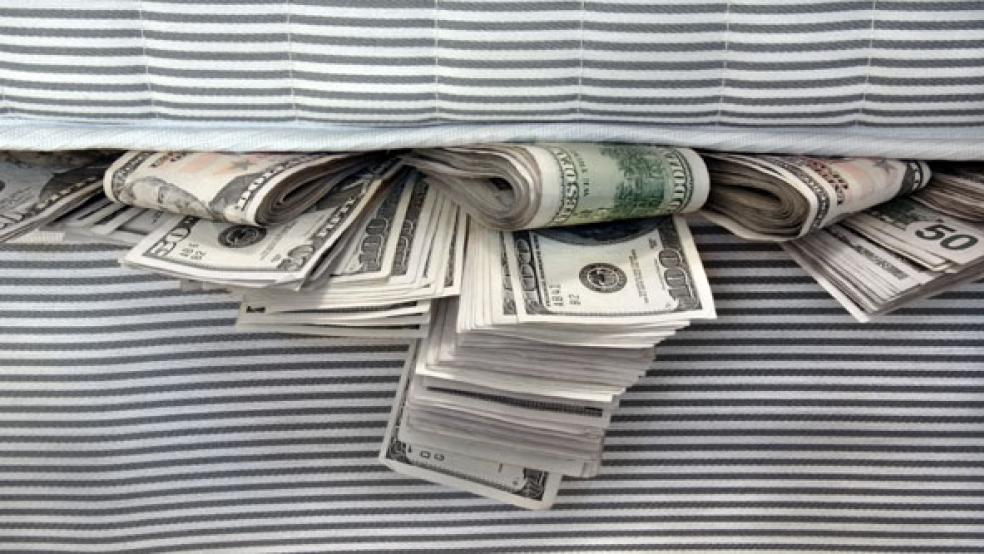U.S. households increased their borrowing by the most since early 2008 in the second quarter, a development that could boost consumer spending and a lackluster economic recovery.
Household debt climbed $39.4 billion, the first gain in more than a year, to $13 trillion in the second quarter, the Federal Reserve said on Thursday -- just $2 trillion shy of the country's total yearly economic output. Economists said the rise in borrowing was an indication that the U.S. central bank's accommodative monetary policy and easing financial market conditions were finally filtering through to the real economy.
"It's encouraging news. With credit growth, one would expect to see an increase in spending and investment," said Millan Mulraine, a senior economist at TD Securities in New York.
"While it may not necessarily be evident now, that is a sign that the recovery is likely to gain strength if this trend continues. The problem is, we are not getting strong job growth."
The Fed has held benchmark overnight interest rates near zero since December 2008 and launched three rounds of bond purchases, or quantitative easing, to keep borrowing costs low and stimulate economic growth. Last week it pledged to keep lending rates at rock-bottom levels through at least mid-2015.
Although household wealth fell $322 billion to $62.7 trillion during the April-June period, economists expect a rebound this quarter. "Net worth will likely get a boost from increases in house prices and equity prices in the third quarter," said Daniel Silver, an economist at JPMorgan in New York. Households have struggled to rebuild their assets and income after the country's housing bubble popped and triggered the 2007-2009 recession.
The Census Bureau reported last week that median U.S. incomes fell 1.5 percent to $50,054 in 2011 after adjusting for inflation, the second consecutive annual drop. Household net worth, which is the value of assets minus debt, peaked at $67.4 trillion in the third quarter of 2007. It dropped to $57.2 trillion in the first quarter of 2009.
Deleveraging continued in the second quarter, with the share of mortgage and non-mortgage liabilities falling to 103 percent of disposable income from 105 percent in the prior quarter.
This is the lowest since 2003, but still well above the 1990's average of 80 percent of disposable income. More de-levering is needed before consumer spending makes an earnest comeback," said Paul Edelstein, a senior U.S. economist at IHS Global Insight in Lexington Massachusetts.
U.S. non-financial firms held liquid assets amounting to $1.73 trillion, down about $20 billion from the prior quarter. Economists say one of the reasons the U.S. economic recovery has been so sluggish is that businesses are sitting on so much cash.
This article was written by Pedro Nicolaci da Costa and Lucia Mutikani of Reuters.




